It’s my favorite environmental class at High Trails, and one that instructors are guaranteed to teach the most. In my mind, Environmental Awareness is the glue to all the pieces, the backbone to why care about the environment and perhaps, more importantly, how to care when it may seem our individual actions won’t solve major issues and make a difference.
Think talking about the 4 R’s is all played out? Read this for some real life tips in how to make it real and relevant for your students.
My goal as an instructor teaching Environmental Awareness is to help each of my students reach that “Aha” moment (you know…when a kid’s face lights up and you know he/she sees the big picture. One reason that teaching is so rewarding.)
I love this lesson because it makes students realize that EVERYTHING we use comes from the Earth and our actions matter. I remember pondering this as a young kid. I couldn’t fathom nor did I try much, to understand where things came from. I kind of assumed many things were just “man-made” and left it at that. Whatever that meant…
“Money doesn’t grow on trees!” I’m sure we’ve all heard that before from a parent, relative or friend. I often use a similar sentiment when asking my students where plastic, aluminum, glass and more come from. It’s always fascinating to listen to their answers and watch them realize the natural origin for products we consume everyday is the earth; something as simple as a rock or accumulation of dead plants and animals.
So THEN, if we consume so many non-renewable resources from the Earth that aren’t being replenished as quickly as we use them, WHAT can we do to stop this?
“Stop” may not be the most fitting word, but reduce is totally reasonable.
First, I like to ask my students what are things they use every day at school, such as: pens, pencils, paper, folders, etc. Those are things you NEED.
This segues into a discussion about need versus want, and can be difficult for a young mind to truly grasp. I remember the toy store debates from my childhood and believing I really did need the newest Playmobil set.
Reduce
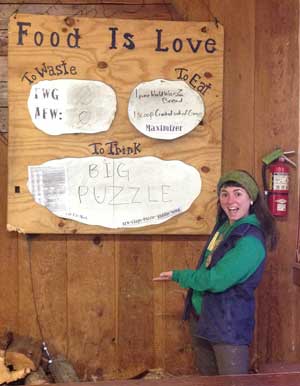 The conversation between need versus want evolves into how we’re practicing REDUCE, the first of the “4Rs,” at High Trails. Food waste is a big part of a student’s experience here.
The conversation between need versus want evolves into how we’re practicing REDUCE, the first of the “4Rs,” at High Trails. Food waste is a big part of a student’s experience here.
Starting with the first dinner of the week, we set a food waste goal at each and every meal. This gives students a goal to work toward and encourages them to only take food they can eat. (And believe me, the pressure is on and it often comes from their peers at the table.)
Students almost always bring up food waste when discussing how to reduce in our lesson, and some state that they will continue this practice when they go home. This brings a smile to my face.
Did You Know? Roughly one third of the food produced in the world for human consumption every year – approximately 1.3 billion tons – gets lost or wasted. 1
Reuse
The second of the 4Rs is REUSE. After you first and foremost reduce the amount of products you consume, ponder how can you reuse products rather than throw them out. Radios are integral to being an instructor at High Trails. We’re out hiking in the forest with a group of students. Of course, to maintain safety and run program smoothly, we need a form of reliable, quick communication.
Many times, a student will ask me what my radio holster is made of. It looks peculiar. A blue, foamy material completely wrapped in duct tape. (I would probably ask too…).
When I tell students that they are made from old, foamy pads (kind of like a pool noodle), which are used for sitting on wet or snowy ground, it’s teaching them that with a creative mind, we can reuse many things that may seem like trash. Students are intrigued by this, and begin that critical thinking you love to see in your class. They begin to really ponder what we often throw away but could be used again, perhaps, in a different manner. It’s neat.
Did You Know? About 1 million plastic bags are used every minute. Bring reusable bags to the store with you instead of taking home new paper or plastic bags. You can use these sacks again and again. 2
Repair
Do you throw away your bicycle when a part breaks? Would your parent buy a new car if they got a flat tire? Do you sew your pants if they rip in the knee?
These are questions I ask students to lead into our third of the 4Rs, REPAIR. Answers will vary here. You can see which students have been raised with a “fix-it” mentality and others that may not have. No matter the case, students get the point, and I like to try to play up how cool it is to be able to sew, for example, and be independent by fixing things yourself.
I tell them at High Trails, instructors are not only field and cabin leaders, teachers and silly folks, but a significant part of our job is basic maintenance, too. Whether it’s a toilet, vacuum or water-proof green gear, we know how to repair these things and are not quick to dismiss them as forever broken trash. We really try to practice what we preach.
Did You Know? Nationwide, repair businesses – except for those that handle computers – have been in decline for decades. Before World War II, for example, the USA had more than 100,000 shoe repair shops; now there are roughly 7,000. 3
Recycle
Finally, we reach RECYCLE as the fourth and final 4R. It is last because even though it’s seen as good, the act of recycling takes up a lot of resources. Most everyone understands the concept of recycling, and the majority of students can relate to this at home and school. We always talk about the standard things you recycle: plastic/glass bottles, cans, newspaper, etc.
Then I like to ask students to think deeper. What about clothes, for example? My mother is a thrift store queen. I was raised wearing thrift store clothes and today, at least 75% of my wardrobe is second-hand. Some students relate to this while others may not. As a kid, I would get embarrassed about my mother parading something she found for me in front of my friends and me hanging out. Usually with age, the need to appear a certain way diminishes but it’s a matter of time.
I also discuss incentives for recycling, such as some states even offering cash refunds. At High Trails, recycling is carried out by the instructors, with the incentive being the chance to win a gift certificate to a local business in a raffle that happens after we reach a certain amount of pounds of recycling. Even without a reward for recycling, I ask students if it just feels like the right thing to do? I get “Yes” across the board for this. Children have good hearts.
Did You Know? Over 75% of waste is recyclable, but we only recycle about 30% of it. 4
Sum It Up
The 4Rs is my favorite discussion in the Environmental Awareness lesson. It applies what we learn about resources taken from the Earth to make products we use every day, and how we can appreciate these things through our actions. Being mindful and conscious of how we consume and dispose are key. The 4 simple Rs are totally doable and even with one person on board, it makes a difference, and actually feels good, too. I can tell students want to treat the Earth respectfully and by learning real-life actions they can do, I know we’re moving in a positive direction.
At High Trails Outdoor Science School, we literally force our instructors to write about elementary outdoor education, teaching outside, learning outside, our dirty classroom (the forest…gosh), environmental science, outdoor science, and all other tree hugging student and kid loving things that keep us engaged, passionate, driven, loving our job, digging our life, and spreading the word to anyone whose attention we can hold for long enough to actually make it through reading this entire sentence. Whew…. www.dirtyclassroom.com
- Food and Agriculture Organization. “Global food losses and food waste – Extent, causes and prevention.” 2011. ↩
- “Facts About the Plastic Bag Pandeminc.” http://www.reuseit.com/facts-and-myths/facts-about-the-plastic-bag-pandemic.htm. 2015. ↩
- The Bureau of Labor Statistics 2013 http://www.bls.gov ↩
- Greenwaste.com. “A Brighter Shade of Green.” Recycling Stats. 2014. ↩

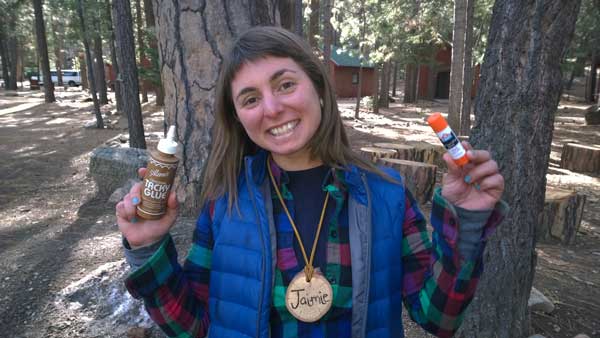
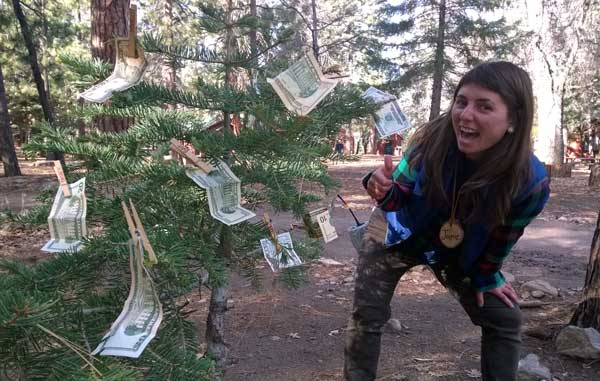
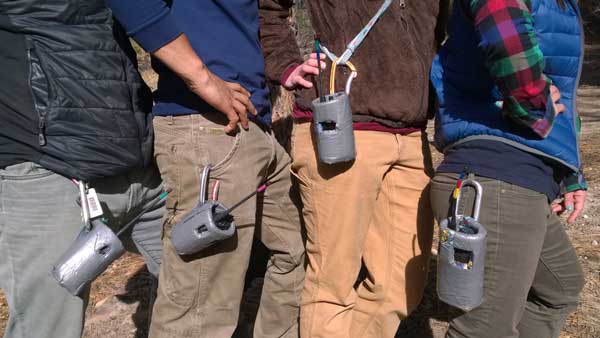
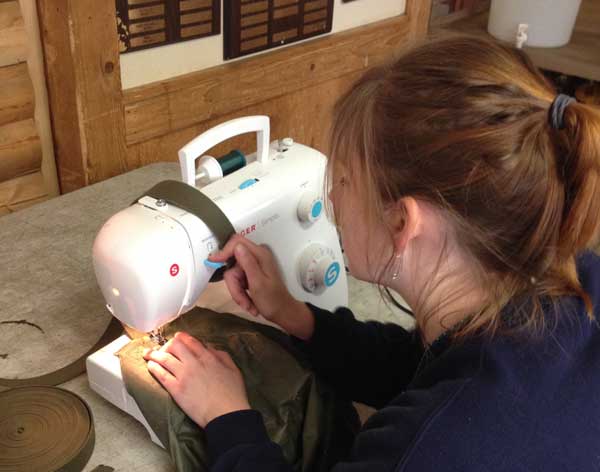
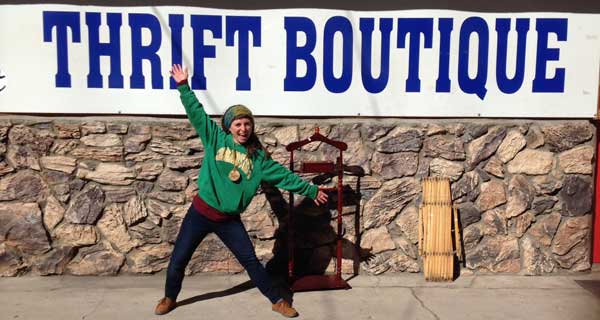

Comments are closed.